The internet is full of cat “facts” that are actually fiction.
Let’s be honest: cats have been getting terrible PR for centuries. From medieval accusations of witchcraft to modern-day claims about their supposed aloofness, our feline friends have been victims of more misinformation than a political campaign.
But here’s the thing about cat myths – they’re not just wrong, they’re spectacularly, scientifically, hilariously wrong. And at The Good Paws, we think it’s time we set the record straight.
Myth #1: Cats Are Antisocial Loners Who Don’t Bond With Humans
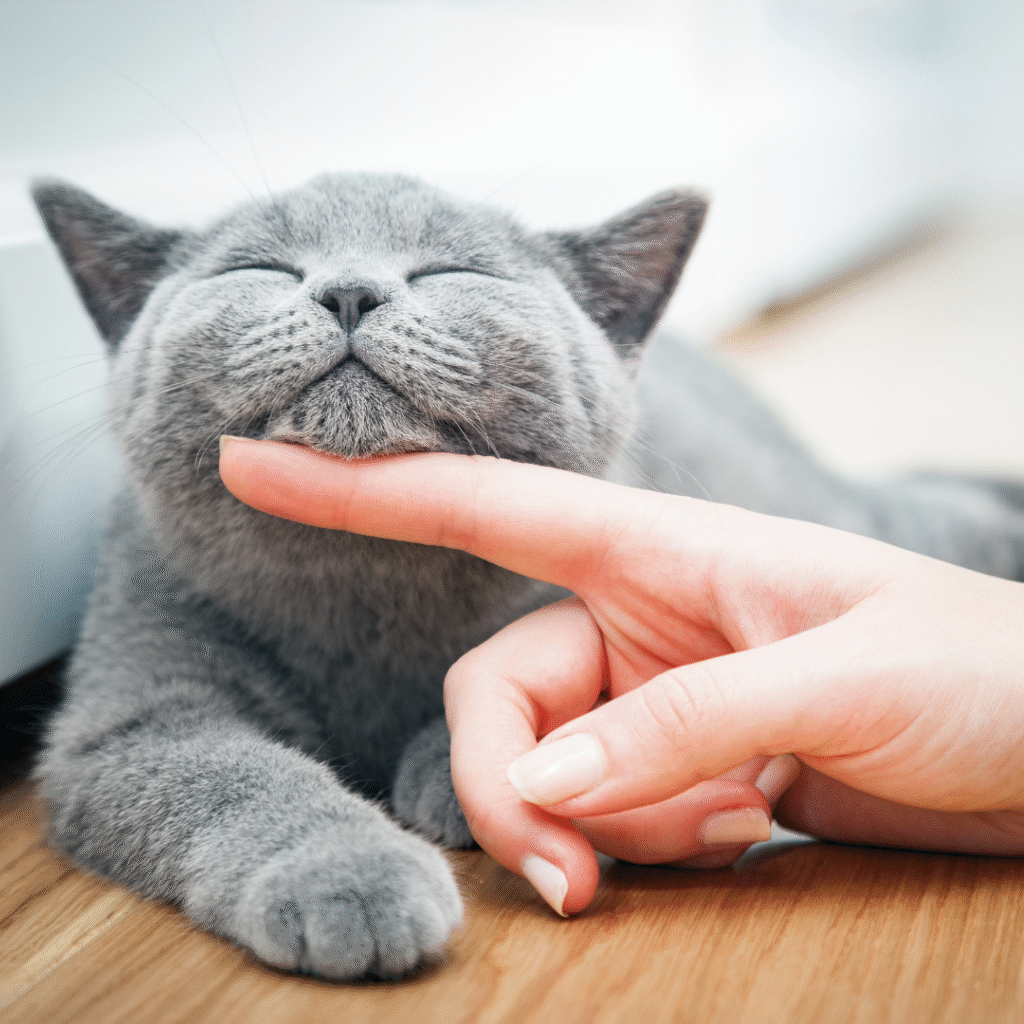
The Reality: Your cat probably loves you more than your partner does (!)
This might be the most persistent cat myth of all time, and it’s about as accurate as saying fish don’t like water. Dr. Kristyn Vitale’s groundbreaking research at Oregon State University shattered this misconception when she discovered that 64.3% of cats form secure attachments to their humans, remarkably similar to dogs and human infants.
The study used the same attachment test designed for human children, and guess what? Cats showed clear signs of distress when separated from their owners and genuine joy upon reunion. They sought comfort from their humans when stressed and used them as a secure base for exploration.
So why do cats get labeled as aloof? Simple: they’re NOT dogs. They don’t slobber all over you or bounce around like caffeinated kangaroos. Cat affection is subtle, sophisticated, and easily missed by humans who expect Golden Retriever-level enthusiasm from a species that evolved to be independent hunters.
When your cat slow-blinks at you, head-butts your leg, or follows you around the house, they’re not being clingy, they’re being loving. When you learn the language, you’ll realize your cat has been declaring their devotion all along.
Myth #2: Black Cats Are Bad Luck
The Reality: The only bad luck here is missing out on adopting these gorgeous animals.
This superstition makes about as much sense as believing Shah Rukh Khan movies actually represent how romance works in real life. Black cats are literally identical to other cats except for melanin production. That’s it. They don’t possess mystical powers or commune with dark forces.
The tragic irony? In many cultures, black cats are considered good luck. Ancient Egyptians revered them, Scottish folklore claims a black cat appearing on your doorstep brings prosperity, and Japanese culture associates them with good fortune and protection.
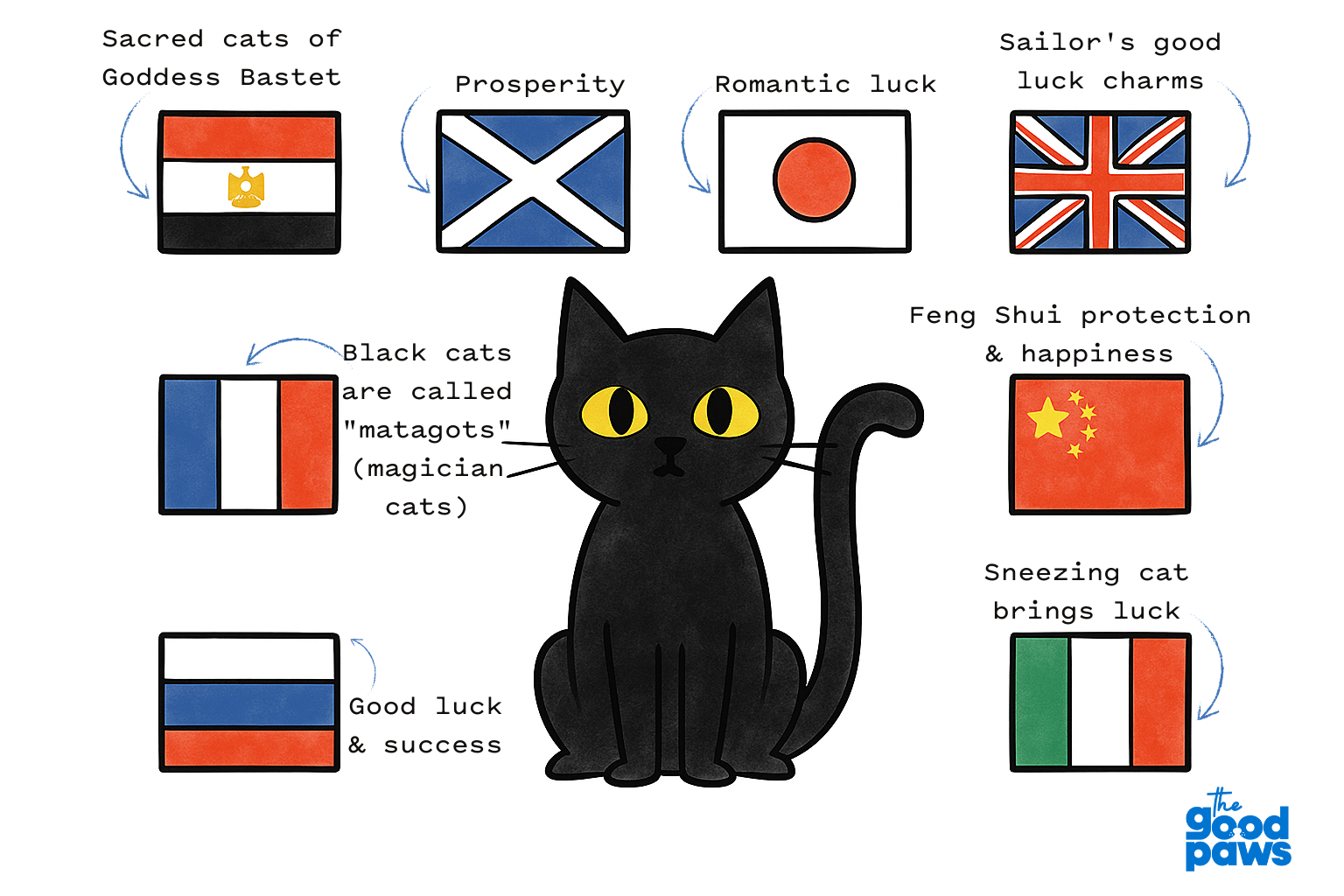
Black cats are considered good luck in numerous cultures around the world
Yet black cats remain the least adopted and most euthanized cats in shelters worldwide, purely because of medieval superstitions that have zero basis in reality. The only curse here is human ignorance preventing these beautiful animals from finding homes.
Myth #3: Cats Have Nine Lives
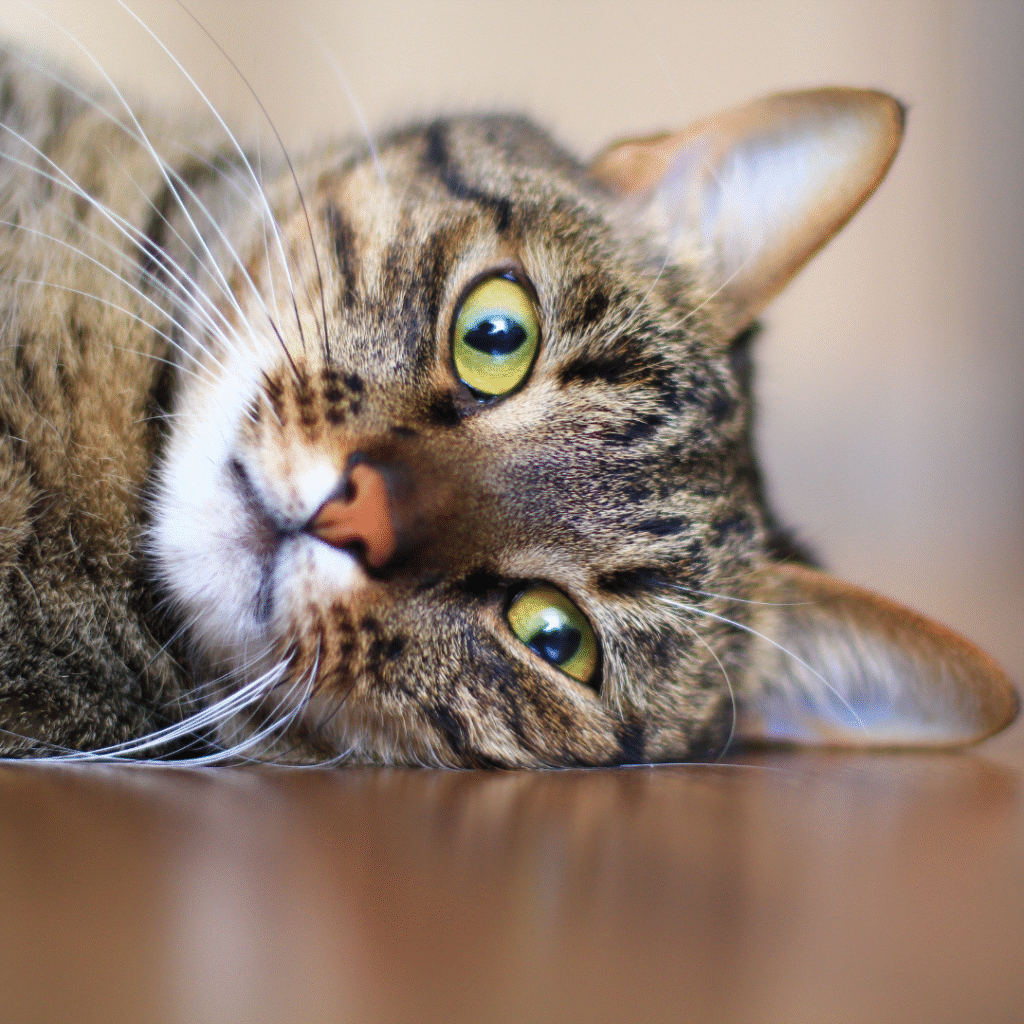
The Reality: Cats have exactly one life, just like the rest of us mere mortals.
This myth probably emerged because cats are remarkably good at surviving situations that would devastate other animals. Their flexibility, quick reflexes, and keen senses help them escape danger with an almost supernatural frequency. But supernatural it definitely isn’t.
The “nine lives” concept varies globally. Some cultures credit cats with seven lives, others with six. The number is arbitrary because the premise is fiction. What’s real is that cats are incredibly resilient, adaptable, and possess survival instincts honed by millions of years of evolution.
Their ability to squeeze through impossibly small spaces, detect danger through subtle environmental changes, and recover from injuries that would sideline humans for months has created the illusion of multiple lives. But scratch beneath the surface (psst be careful, cats don’t like being scratched by strangers), and you’ll find one very cleverly designed life, not nine magical ones.
Myth #4: Milk Is Perfect for Cats
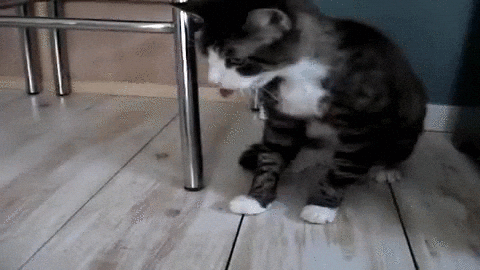
The Reality: Most cats are lactose intolerant, and you’ve been accidentally poisoning them with kindness.
This myth has legs because it’s based on partial truth wrapped in complete misunderstanding. Kittens produce lactase enzymes to digest their mother’s milk, but like most mammals, they lose this ability after weaning. Adult cats drinking cow’s milk typically experience digestive distress ranging from mild discomfort to explosive diarrhea.
The “cats love milk” stereotype likely stems from observing cats drink milk and assuming they enjoyed it. But cats will also eat houseplants, cardboard, and hair ties, string – their willingness to consume something doesn’t indicate it’s good for them.
Modern pet stores sell lactose-free “cat milk” that won’t turn your living room into a biological hazard zone. But honestly? Water works perfectly fine. Revolutionary concept, we know.
Myth #5: Cats Can’t Be Trained
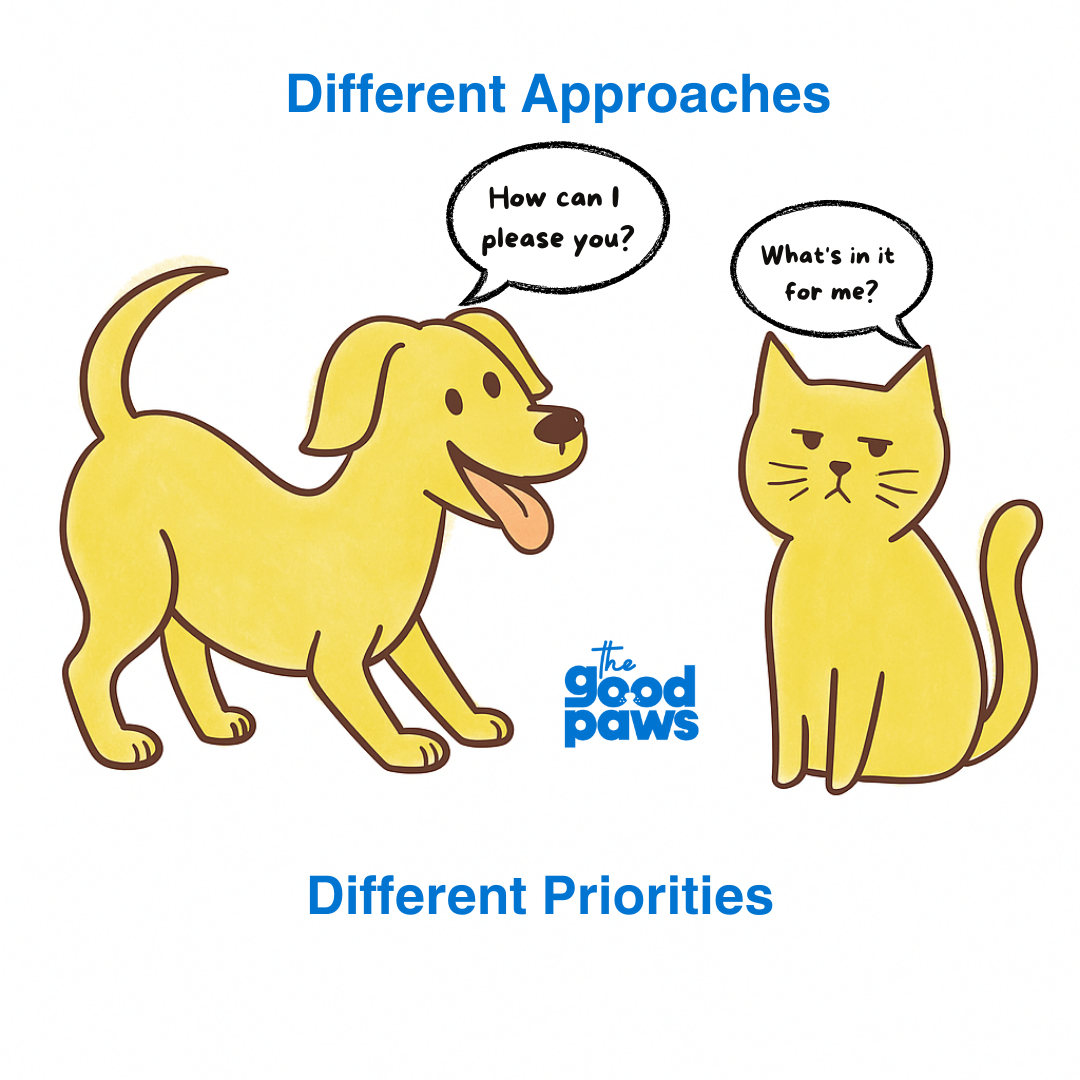
The Reality: Cats can absolutely be trained. They’re just not as people-pleasing as dogs. There, we said it.
This myth persists because cat training requires different techniques than dog training. Dogs are pack animals eager to please their pack leader (you). Cats are solitary hunters who need to be convinced that cooperation benefits them personally.
But cats can learn tricks, respond to their names, walk on leashes, use toilets instead of litter boxes, and even perform complex behaviours through positive reinforcement training. The key is understanding what motivates your individual cat: food, play, affection, or environmental access.
Professional animal trainers work with cats in movies, television, and live performances regularly. These aren’t specially bred “trainable” cats. They’re regular house cats who’ve learned that performing certain behaviours leads to rewards they value.
The difference isn’t intelligence or ability – it’s motivation and methodology. Dogs want to make you happy; cats want to know what’s in it for them. Both approaches are valid, just different.
The Bottom Line
These myths persist because they’re passed down through generations without scientific scrutiny. But our understanding of feline behaviour, psychology, and needs has evolved dramatically in recent decades.
Modern cat research reveals animals far more complex, social, and emotionally sophisticated than these outdated myths suggest. The next time someone shares these tired old myths, in the family WhatsApp group, hit them with some science. Your cat, and cats everywhere, will thank you for it. Well, they probably won’t actually thank you, because they’re cats, but they’ll appreciate it in their own dignified, slightly judgmental way.
And honestly? That’s exactly as it should be.
There’s more damage to undo. Stay tuned for Part II.
About the author: Kanchan Balani is a marketing consultant based in Delhi NCR and a proud cat mom to Roo & Idli.
Have something to share about your cats? DM us on Instagram. We’d love to hear from you. Join our elite pet care circle on WhatsApp and become an exclusive member by clicking here: https://shorturl.at/b1YBB













This was quite informative.🤩
What about Cats crossing paths? Will it be covered in Part II?🫣